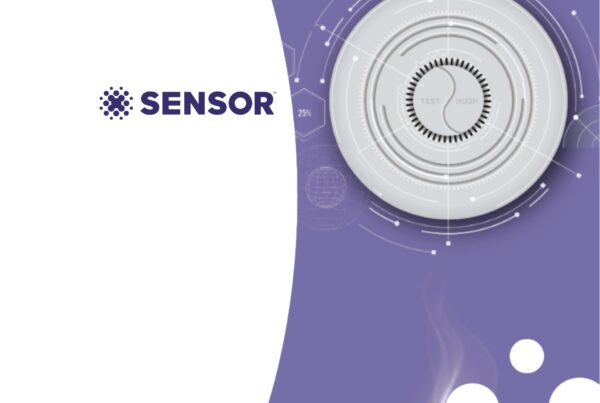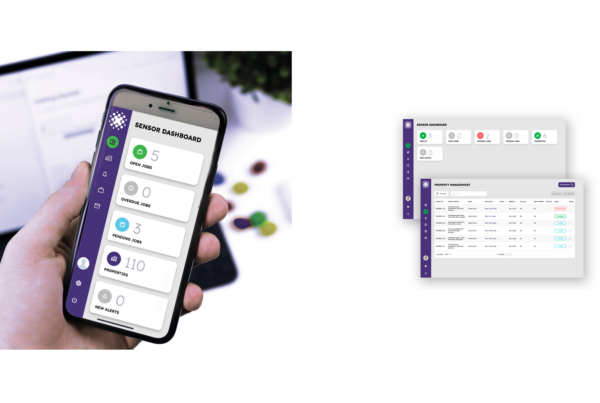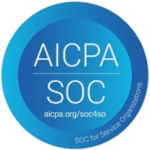As Australia ramps up its investment in social and affordable housing, Community Housing Providers are under mounting pressure to manage larger portfolios while ensuring financial, operational, and social sustainability. CEOs and Board members are responding to a complex set of risks that threaten service quality and organizational viability. Here’s a breakdown of five pressing risks in 2025 and the strategic solutions being implemented to address them.
1. Financial Viability: Smart Monitoring for Cost Control
Rising maintenance expenses, increasing insurance premiums, and the burden of emergency repairs continue to erode operational budgets. As CHPs expand their portfolios under government initiatives, these costs threaten long-term financial stability.
To combat this, many providers are turning to IoT-enabled safety monitoring systems. Devices like smart smoke alarms, water leak detectors, and heat sensors allow for proactive maintenance. Instead of waiting for problems to escalate, remote monitoring detects issues early—such as minor leaks that, if left unresolved, could result in major damage and displacement costs.
Furthermore, these systems automate compliance reporting and reduce the need for manual inspections, lowering staffing costs and liability exposure. By investing in this smart infrastructure, CHPs are preserving capital, enhancing safety, and improving the bottom line.
2. Insurance Risk: Data-Driven Risk Mitigation
The insurance market has become increasingly cautious in recent years, particularly toward older housing stock and properties lacking digital oversight. Premiums are rising sharply for CHPs that cannot demonstrate adequate risk management.
To address this, boards are emphasizing data-driven risk profiles. Through IoT technology and digital asset management, CHPs are now able to collect granular data on building conditions and safety compliance. This not only improves the accuracy of insurance applications but also reassures underwriters that the provider is mitigating risks proactively.
By aligning insurance negotiations with digital reporting, many CHPs are already seeing improved policy terms and reduced premiums.
3. Regulatory Compliance: Streamlined Reporting and Transparency
Regulatory scrutiny has intensified, with federal and state governments demanding higher accountability in tenant safety, asset maintenance, and spending efficiency. Manual compliance processes are no longer feasible at scale.
In response, CEOs are leading the rollout of automated compliance tools. These systems integrate directly with remote sensors and maintenance workflows, ensuring that inspections, alerts, and repairs are logged and reported in real time.
Boards are also investing in cloud-based dashboards that provide governance teams with real-time visibility across their portfolios. This transparency not only ensures compliance but builds trust with funding bodies and partners.
4. Tenant Wellbeing and Trust: Shifting Resources Toward People
Tenant satisfaction and wellbeing remain core missions for CHPs, but rising operational burdens can divert focus from frontline services.
By reducing manual administrative tasks through automation—particularly in compliance and maintenance—CHPs are freeing up staff to focus on tenant engagement and support. For example, savings gained from smart monitoring systems are being reinvested into mental health programs, community events, and tenancy sustainment initiatives.
This human-centred shift is helping rebuild tenant trust and strengthening community ties, which are essential in an era of housing scarcity and social fragmentation.
5. Portfolio Expansion Risks: Scaling Sustainably
The Australian government’s housing push means CHPs are rapidly scaling their portfolios, but rapid growth introduces operational complexity and risk of service dilution.
Board strategies now focus on scalable digital infrastructure that supports growth without compromising standards. This includes centralized asset management systems, predictive maintenance algorithms, and integrated communication platforms for tenants.
By planning for digital scalability alongside physical expansion, CHPs can maintain quality, safety, and efficiency even as their responsibilities grow.
Conclusion
2025 presents both tremendous opportunities and complex challenges for Community Housing Providers in Australia. Forward-thinking leadership teams are tackling today’s most pressing risks with innovative, data-driven solutions—ensuring not just survival, but long-term impact. As technology becomes central to financial, regulatory, and human outcomes, the CHP sector is entering a new era of resilience and tenant-focused service delivery.
SENSOR Software Solution
SENSOR software solution provides a fully integrated IoT safety device ecosystem that facilitates 24/7 365-days reporting on device functionality, streamlining compliance and maintenance workflows through remote testing functionality and automated compliance reporting across entire property portfolios.
For more information reach out to our team by clicking the ‘Book a Demo’ link on our website, or email us at info@sensorglobal.com






